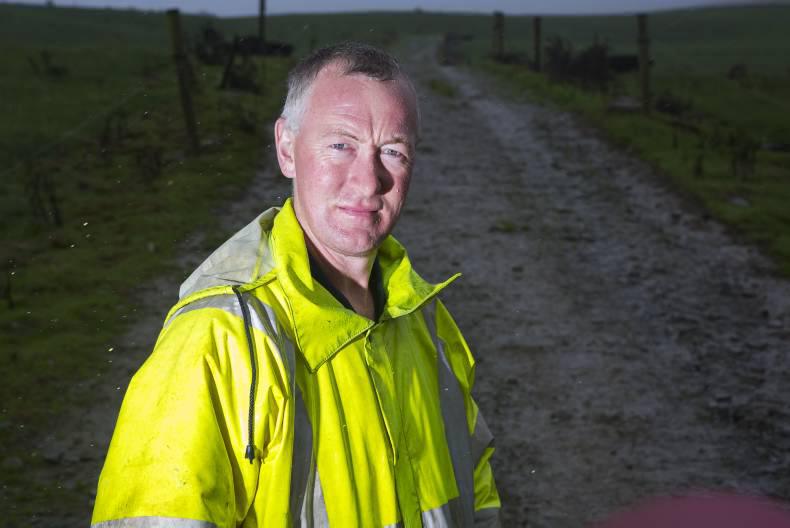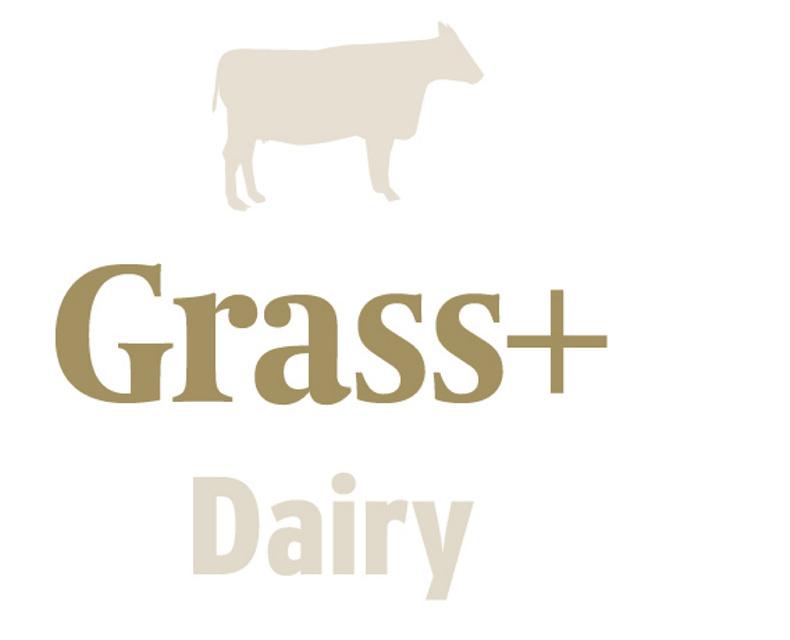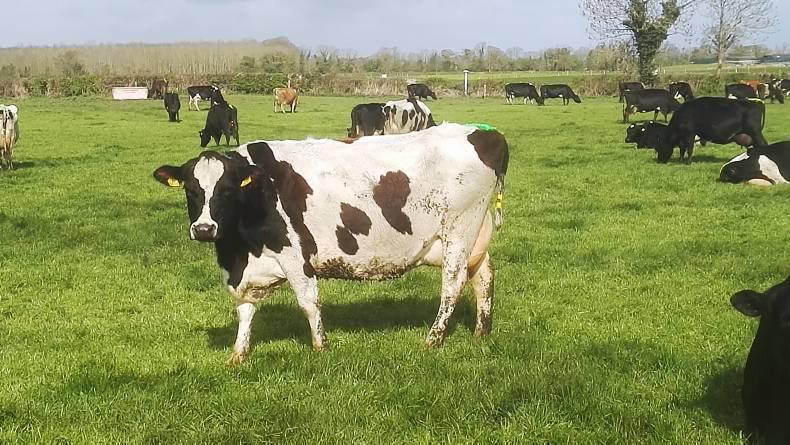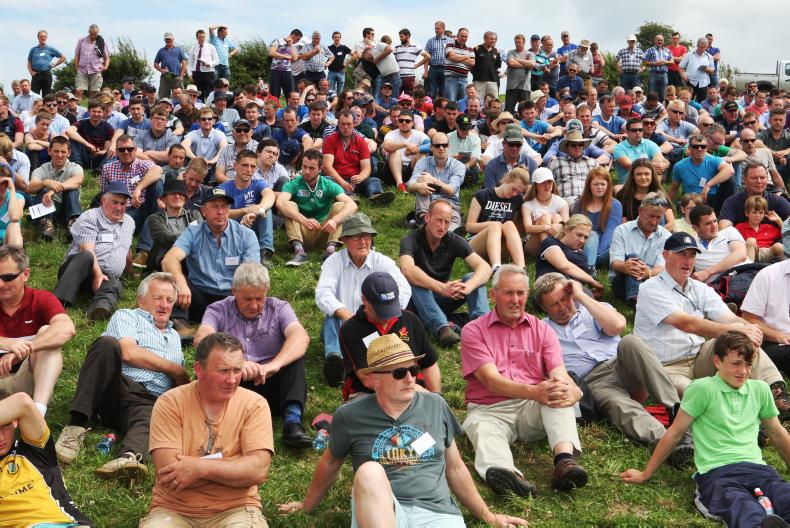Kerry dairy farmer Conor Creedon suggests that a number of small issues have combined to reduce milk yield compared with the same time last year. While not concerned, he notes the difference and believes he did not feed enough grass when he took surplus grass out as round bales over the last number of weeks.
Conor says: “Yield is back towards 17 litres per cow at the moment compared with 18 and 19 litres for the same time last year.
‘‘I believe a bit of that is due to the fact grass quality is not as good because there is more stem in the sward as the grass was stressed during high growth rates. We let some paddocks bulk up a little for bales and then we only went out with 30 units per acre of Pasture Sward plus sulphur after cutting the bales, which I feel now probably wasn’t enough.
‘‘We also perhaps cut a paddock or two too many but the growth rate is good this week, so I’m not as concerned about that,” he says.
Conor explains that if paddocks for silage were growing at 100kg per day for more than 22 days, any nutrients available for regrowth are almost used up and unless they are replaced, the grass is going to be stressed and push up stem rather than green leaf.
Production
The herd is milking 17 litres per cow at 4.40% fat and 3.81% protein (1.44kg MS) on grazed grass and 0.2kg of meal per cow per day. To date, the herd has consumed about 270kg of meal per cow and Conor believes that, given his stocking rate, he will have to feed more meal in the autumn to extend the rotation and prolong grass in the diet.
With the increasing stocking rate milk solids sold per hectare has increased from 834kg MS/ha in 2005 to 1,539kg MS/ha last year. At the same time, milk solids per cow have gradually evolved to a point where in 2015 milk solids per cow was 413kg MS/cow.
Stocking rate
Stocking rate and managing heavy soils is the focus of the grassland farm walk next Tuesday. Conor has a milking platform of 26ha and a further 17ha about 20km from the home farm. It’s almost 20 years since Conor took over the home farm from his father Denis and, at the time, there were 20 milking cows alongside a beef and hill sheep enterprise.
After taking over the home farm, Conor immediately set about reclaiming the land so that he could grow more grass. He cleared stones, installed roadways, spread lime and reseeded. The extra grass grown for the last 10 years has allowed Conor to grow his herd from 58 cows in 2005 to 97 cows milking in 2015. This year, Conor has 94 cows milking (3.7 cows/ha) and the plan is to continue to milk this number in the coming years.
Conor is reliant on the out-farm for grass silage. His overall farm stocking rate is 2.7 cows/ha, which is substantial for a part of the country with high rainfall and heavy soils, so a high yield of grass silage is required. Conor estimates that he grew 13t of dry matter per hectare on the out-farm last year, which is necessary if he is to have enough silage in stock from year to year.
Conor says he has not made enough this year but because he has silage in stock from last year, he probably has just about enough winter feed in stock. No more silage will be taken from the home block and, by October, Conor normally starts feeding some supplement to allow him prolong the days at grass and stretch what feed he has.
Local issues
Conor’s farm is steep and while relatively free draining it does get a lot of rain. Conor can’t cut all the paddocks as some are too steep so a weekly walk around the farm is necessary to plan the grazing for the week ahead.
The farm averages about 1,950mm per year for the past eight years. With this high rainfall Conor has struggled to improve phosphorus index levels, pH and potassium. Potassium (K) is probably the one nutrient that Conor has improved slightly and now 43% of the milking platform is greater than Index 3. Phosphorus has gone the other way and now only 45% of the milking platform is at Index 3 or greater compared to 58% in 2011. Soil pH has dropped to 5.9 on average and now only 44% of the milking platform has a pH greater than 6 compared to 60% in 2011. This is one of the big challenges for Conor as the output from the farm is draining the farm of natural fertility while the heavy rainfall is washing away more of the nutrients on an annual basis. Bag nitrogen is applied after every grazing and each spring Conor applies about 3,000 gallons of slurry with a dribble bar.











SHARING OPTIONS